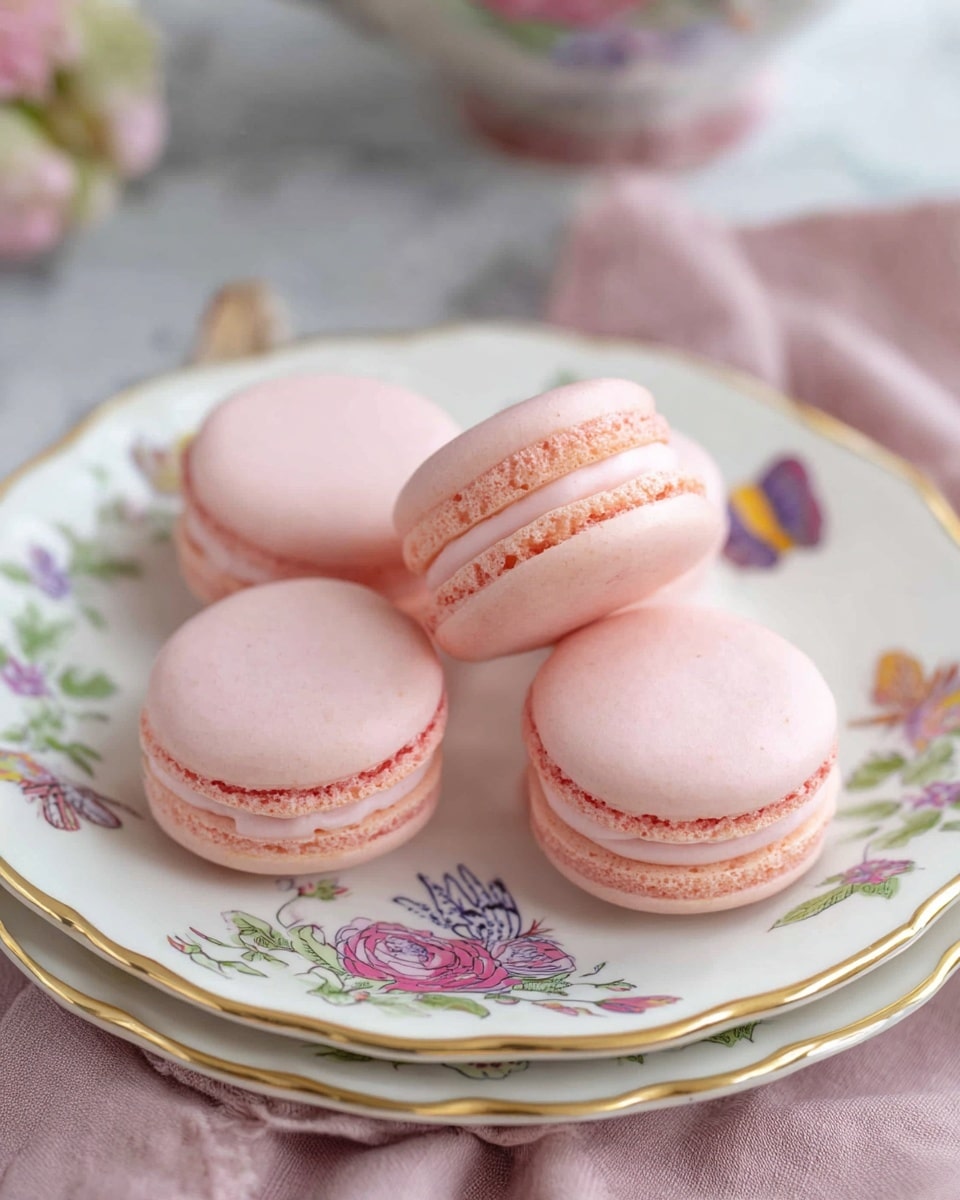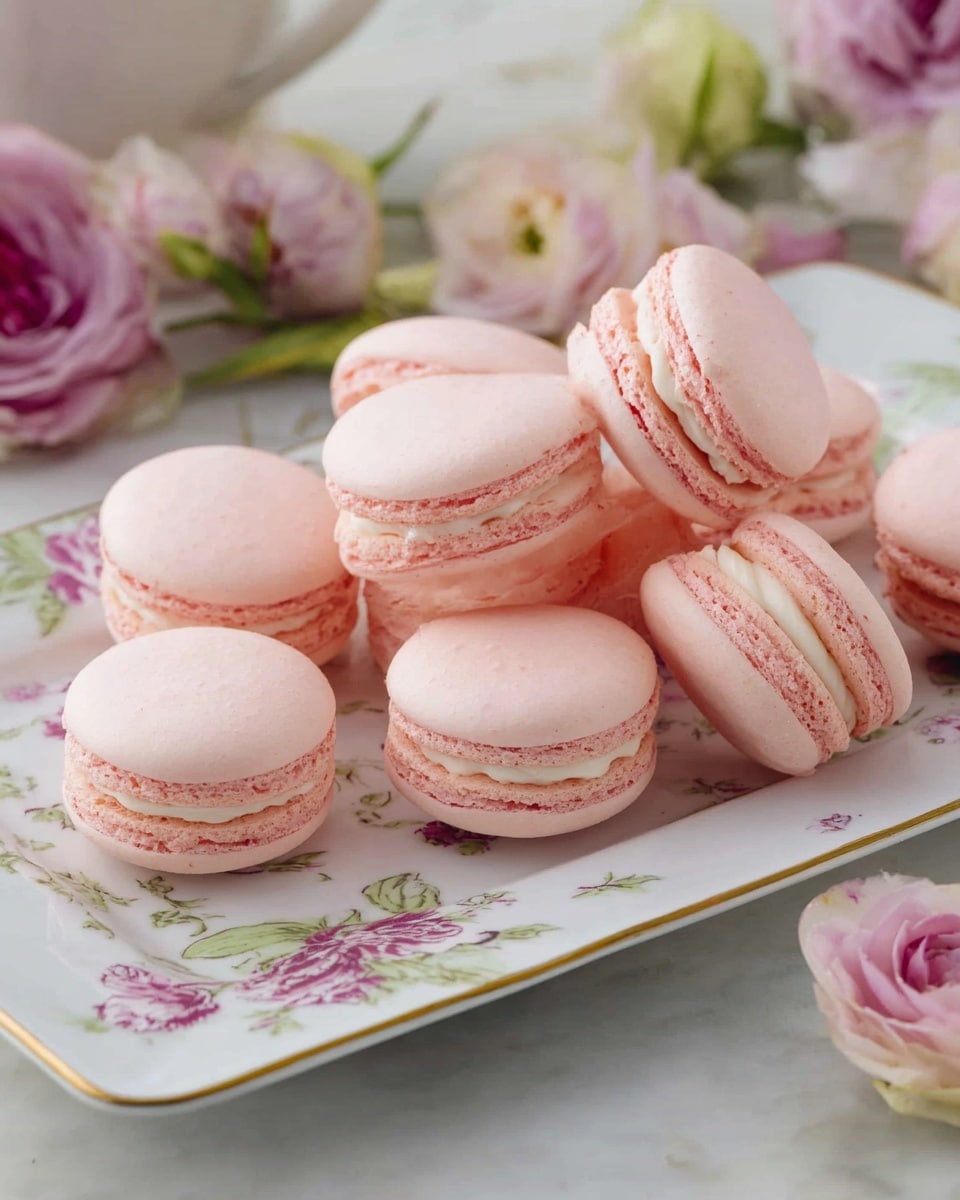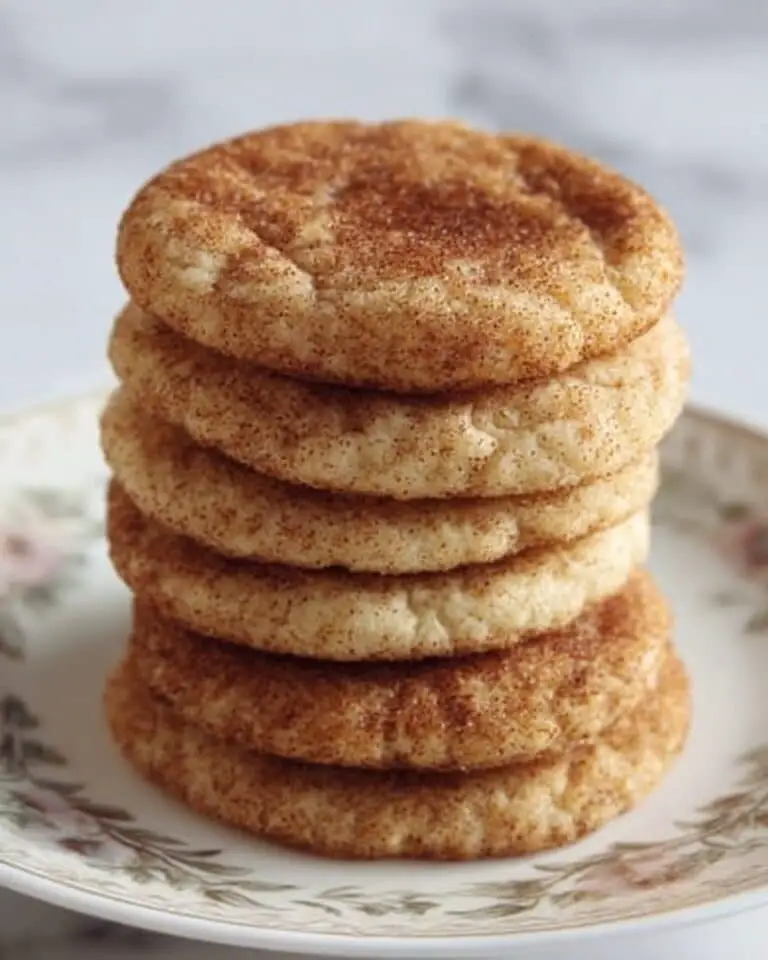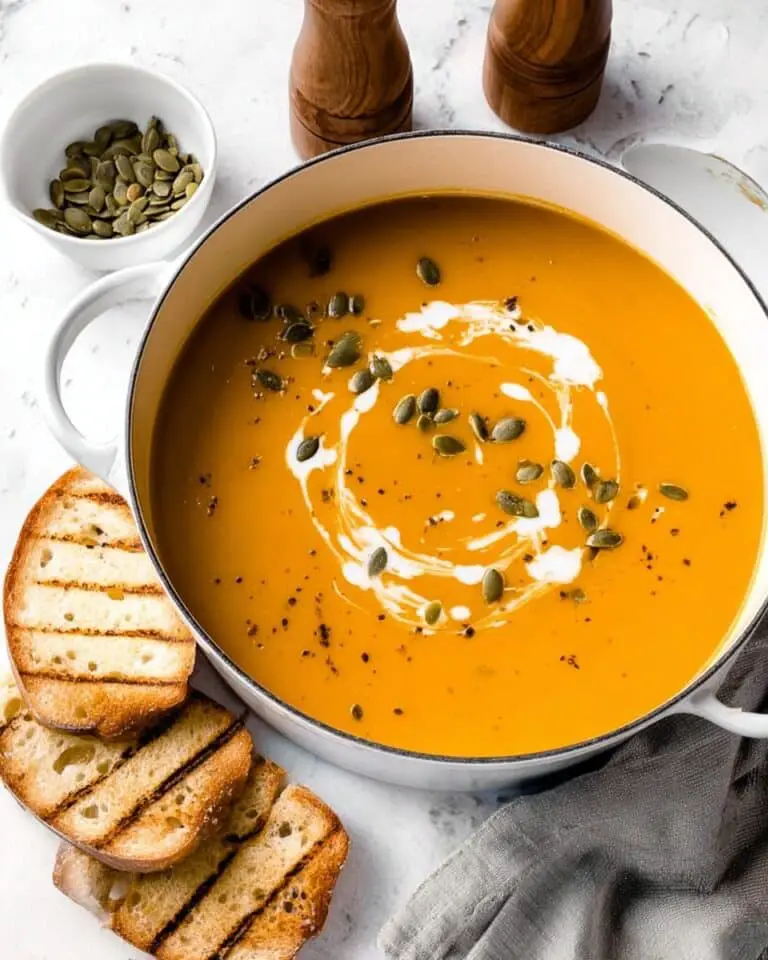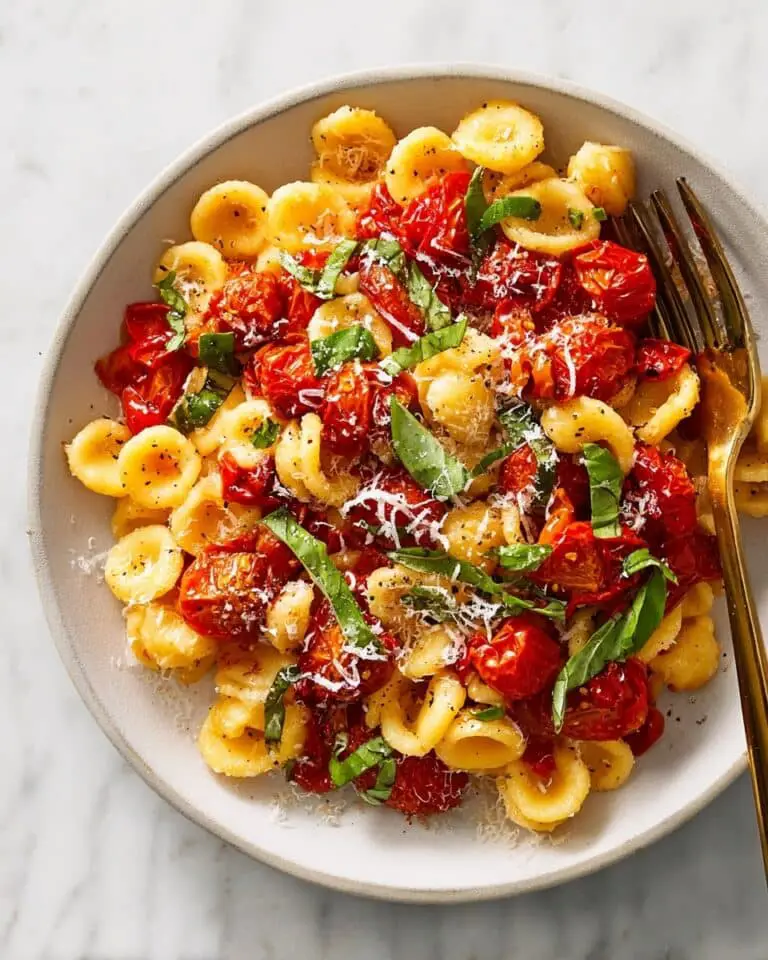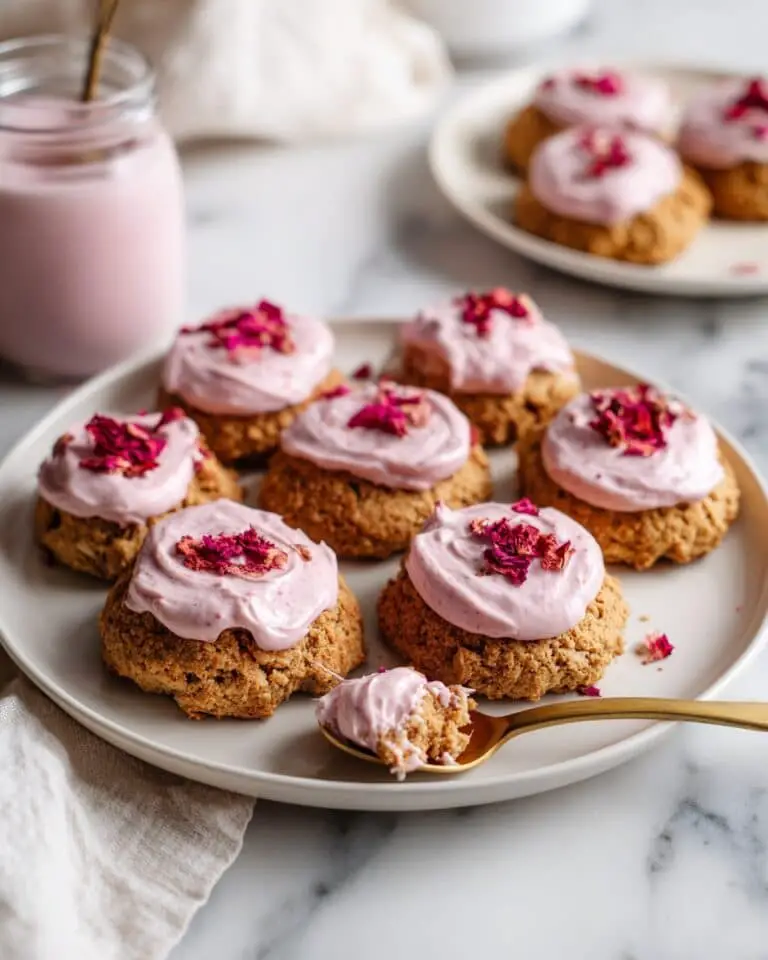I absolutely love sharing this Macaron Recipe because it genuinely feels like a little achievement every time you nail those delicate, crisp-on-the-outside, chewy-on-the-inside cookies. There’s something magical about watching the smooth batter turn into those perfect “feet” after baking, and the buttery filling that just melts in your mouth makes it all worth the effort. Whether you’re a seasoned baker or just adventurous enough to try something fancy, this recipe strikes a beautiful balance between impressive and doable.
When I first tried making macarons, I struggled, but once I discovered a few tricks (which I’ll share), the whole process became much more enjoyable—and so will yours! This Macaron Recipe works brilliantly for special occasions, gifts, or just a sweet treat to brighten your day. Plus, with the classic vanilla buttercream, you’ll find that these macarons keep beautifully, allowing you to prepare ahead and impress your friends with minimal last-minute fuss.
Why You’ll Love This Recipe
- Reliable Texture: Achieve that iconic crunchy exterior with a chewy center every time you follow this recipe.
- Flavorful Filling: The classic French buttercream complements the shells perfectly with creamy, rich vanilla notes.
- Helpful Guidance: Step-by-step tips make tackling macarons less intimidating, even for first-timers.
- Make-Ahead Friendly: These macarons improve after 2-3 days in the fridge, perfect for prepping in advance.
Ingredients You’ll Need
Let’s talk ingredients because macarons really rely on precision and quality. Using finely ground almond flour and well-sifted powdered sugar helps you get those smooth shells, while fresh eggs at room temperature provide the right stability for the meringue. I’ll share a few little tips for each ingredient that helped me along the way.
- Egg whites: Always use room temperature eggs for easier whipping and more volume in your meringue.
- Almond flour: Choose finely ground, blanched almond flour and sift well to avoid any gritty texture.
- Granulated sugar: Adds sweetness and structure to the meringue; add slowly for the best consistency.
- Powdered sugar: Needs to be sifted with almond flour to get that smooth macaron surface.
- Vanilla extract: A simple but essential flavor booster that makes the cookies taste homemade and comforting.
- Cream of tartar: Helps stabilize your egg whites, making the meringue nice and thick for perfect piping.
- Unsalted butter: For the buttercream, softened well to create a silky smooth filling.
- Egg yolks: For the French buttercream; make sure they’re fresh and at room temperature for best emulsification.
- Water: Used to make the sugar syrup for the buttercream, so accuracy here is key.
- Salt: Just a pinch to balance the sweetness and bring out the buttercream’s richness.
Variations
I love tweaking this Macaron Recipe to suit different occasions. You can easily swap out the vanilla in the batter or buttercream for other flavors, or even add a pinch of matcha powder for a fresh twist. Don’t be afraid to experiment—macarons are surprisingly versatile, and the fun is in making them your own.
- Chocolate Macarons: Replace part of the almond flour with cocoa powder and add some melted dark chocolate to the buttercream; my family goes crazy for this chocolatey version during holidays.
- Fruit-Flavored Filling: Add a few teaspoons of raspberry or passionfruit purée to the buttercream for a bright, tangy surprise—perfect for springtime treats!
- Nut-Free Macarons: Try swapping almond flour for finely ground sunflower seeds if you have allergies; works well with the same technique.
- Dye-Free Version: Skip the food coloring for an elegant, naturally ivory look that highlights the delicate shells beautifully.
How to Make Macaron Recipe
Step 1: Perfect Your Dry Ingredients
Start by sifting the powdered sugar and almond flour together—no shortcuts here! This step is crucial because any lumps or large almond pieces can cause the macarons to crack or get bumpy. I actually take it a step further by pulsing this mix in my food processor, then sifting again to ensure superfine texture. It may seem tedious, but trust me, this is what helps you get that smooth, shiny top that screams “professional.”
Step 2: Whip the Egg Whites
Use room temperature egg whites in a squeaky clean bowl—any grease can prevent proper whipping. I add the cream of tartar as soon as the whites start foaming; this little acid really stabilizes the meringue. Then, gradually add the granulated sugar while whisking, which helps create that glossy, marshmallow-like stiff peak consistency you want. You’ll notice the mixture start to hold onto the whisk attachments—that’s your sign it’s ready. Add vanilla and any food coloring here, then mix just to combine.
Step 3: Fold in the Dry Ingredients
Fold in about a third of your sifted dry ingredients gently at first, then carefully add the rest in batches. This is the trickiest part—you want to fold enough to deflate some air bubbles but not so much that you lose all the volume. The goal is that “flowing lava” texture: thick but runny enough to slowly fall from your spatula in ribbons that can form a figure eight without breaking. This took me a few tries to get right, but once you feel the batter’s texture, it’s easier to know when to stop folding.
Step 4: Pipe and Rest the Shells
Fill a piping bag fitted with a medium round tip and pipe 1-inch rounds onto parchment-lined baking sheets. I stick a few dots of batter on the sheet first to “glue” down the parchment so it doesn’t move around. Tap the tray gently a few times on your counter to pop air bubbles—this helps avoid cracks later. Then, this is key: let the piped shells rest for about 40 minutes until they form a skin. You can test by lightly touching one; it shouldn’t stick to your finger.
Step 5: Baking and Cooling
Bake at 300°F (about 150°C) for 12-15 minutes, rotating the pan halfway through for even heat. I learned that ovens differ a lot, so keep an eye after 12 minutes and do a little jiggle test—the shells should be set but not browned. Once out, cool them completely on the baking sheet before trying to remove. I usually let mine rest 20-30 minutes; rushing this can cause cracking or sticking.
Step 6: Making the French Buttercream
French buttercream is different from the classic Swiss version and starts with a sugar syrup cooked to the soft-ball stage (240°F / 115°C). While the syrup cooks, whisk your egg yolks until thick and foamy. Then, with the mixer running, slowly drizzle the hot syrup into the yolks—this step requires some patience but is well worth it for that silky texture. Once the base cools to room temperature, beat in softened butter piece by piece, plus vanilla and a pinch of salt. The result is a lush, creamy buttercream that pairs perfectly with the delicate shells.
Step 7: Assemble and Age Your Macarons
Pipe your buttercream onto half of your shells, sandwich with the others, and voilà! Here’s the secret my friends will thank me for: refrigerate your assembled macarons for 1 to 3 days. This resting time lets the filling soften the shells from inside, giving you that melt-in-your-mouth magic. If you find your shells are too crisp after baking, a quick brush of milk on the bottom before assembling helps soften them nicely.
Pro Tips for Making Macaron Recipe
- Sifting is Everything: Always sift your dry ingredients multiple times to ensure a silky batter and perfectly smooth shells.
- Meringue Mastery: Whip the whites to stiff, glossy peaks and look for that thick “marshmallow” stage to get structure that holds in the oven.
- Gentle Folding: Fold slowly, watch batter texture often, and stop once it looks like flowing lava to avoid deflating the air too much.
- Resting is Key: Don’t skip the resting step before baking; it helps develop that iconic “foot” and prevent cracking.
How to Serve Macaron Recipe
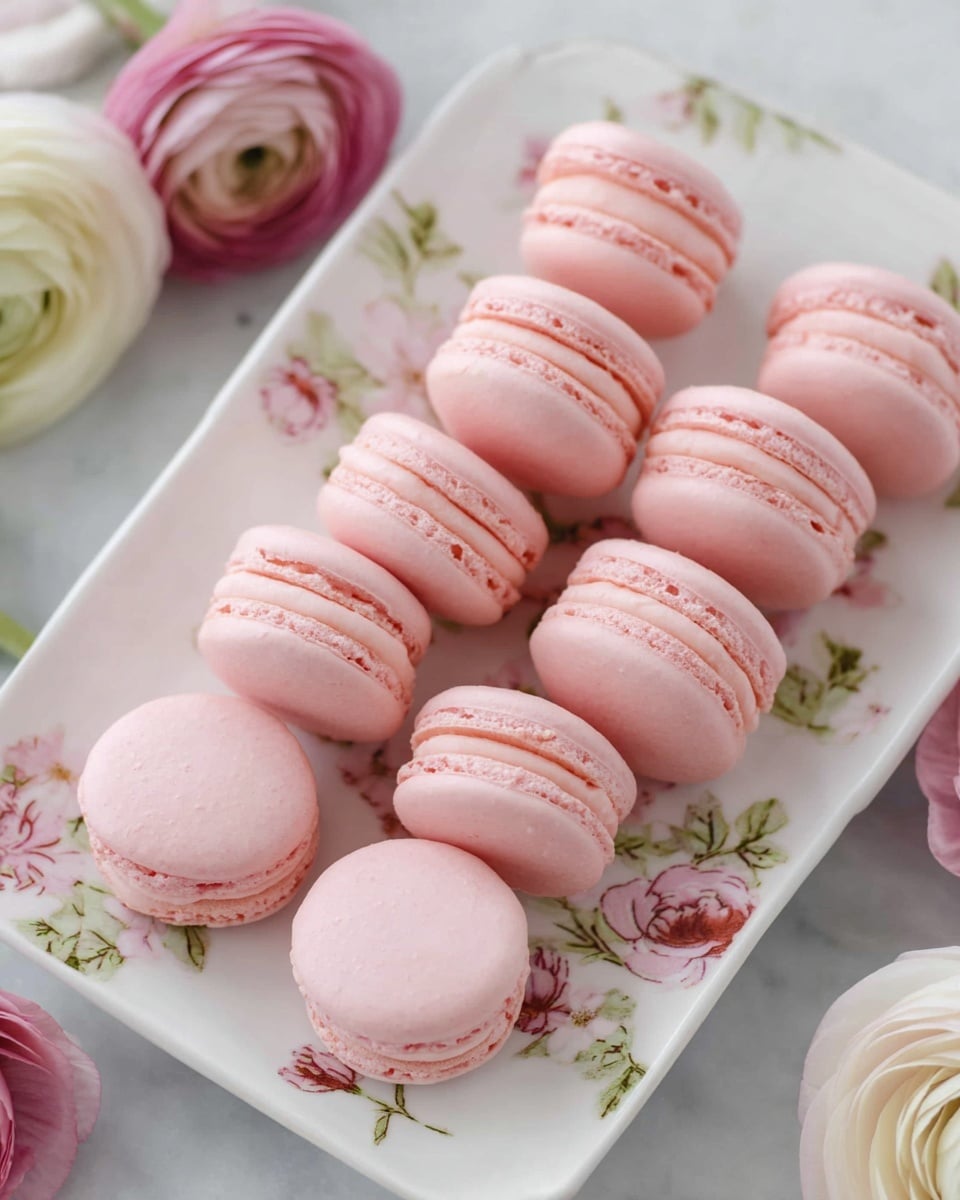
Garnishes
I personally love sprinkling a tiny pinch of edible gold dust or crushed freeze-dried raspberries on the top of macarons just before baking for a little festive sparkle and subtle fruity hint. Fresh herbs like a small mint leaf on the plate add a fresh pop and elevate presentation when serving guests.
Side Dishes
Macarons are little treats on their own, but I often enjoy serving them alongside a cup of rich espresso or a refreshing pot of jasmine tea—these pairings balance the sweetness wonderfully. For special brunches, fresh berries and light fruit salads complement them perfectly.
Creative Ways to Present
For holidays or celebrations, I like arranging macarons in a colorful tower or placing them in a pretty box as edible gifts. Another fun idea is serving them on individual dessert plates with a drizzle of chocolate sauce and a dollop of whipped cream for a decadent touch that wows your guests.
Make Ahead and Storage
Storing Leftovers
Macarons keep best in an airtight container in the fridge, and they actually taste better after a day or two because the flavors meld and the shells soften slightly. I usually keep mine refrigerated for up to 3 days before serving – just bring them to room temperature for about 15 minutes for optimal flavor and texture.
Freezing
If you want to make macarons in advance, you can freeze them after assembling. I separate layers with parchment paper and store them in a tight container. When ready to enjoy, thaw in the fridge overnight and let them sit out for a bit before serving—this keeps their texture intact surprisingly well.
Reheating
Macarons don’t need reheating, and throwing them in the microwave can ruin their delicate balance. Just let them sit at room temperature before eating. If you accidentally over-bake and the shells are too crisp, brushing a little milk on the base before sandwiching softens them nicely.
FAQs
-
Why didn’t my macarons get feet?
This usually means the batter was overmixed or the shells didn’t rest long enough before baking. Make sure your batter has that thick “lava” texture, and allow the piped shells to dry and form a skin for about 40 minutes before popping them in the oven.
-
Can I use regular sugar instead of powdered sugar?
Powdered sugar is important because it creates a smooth texture when combined with almond flour. Using only granulated sugar will result in rough shells and may affect the meringue’s stability.
-
How do I fix cracked macarons?
Cracks often happen if your batter is too runny or if the oven temperature is too high. Make sure to fold gently and let the shells rest before baking. Using an oven thermometer can help you maintain accurate heat.
-
What’s the best way to add color without affecting texture?
Add gel or powdered food coloring after the egg whites reach soft peaks, folding it in carefully without breaking the meringue. Avoid liquid colorings which might loosen your batter.
-
Can I make the buttercream ahead of time?
Absolutely! You can prepare the French buttercream in advance and refrigerate it for up to a week. Just bring it back to room temperature and rewhip slightly before piping.
Final Thoughts
This Macaron Recipe has become a favorite in my kitchen not just for the delicious results but for how much I’ve learned through making it. It’s a bit of a journey, sure, but one that’s so satisfying once you get those beautiful shells and creamy filling just right. If you’re looking to impress yourself and your loved ones with a true French classic, I wholeheartedly recommend giving these macarons a try—you’ll be amazed how rewarding homemade can be!
Print
Macaron Recipe
- Prep Time: 1 hour
- Cook Time: 15 minutes
- Total Time: 1 hour 30 minutes
- Yield: About 40 macarons (20 sandwiches)
- Category: Dessert
- Method: Baking
- Cuisine: French
Description
Classic French macarons featuring delicate almond meringue cookies paired with a smooth, rich French buttercream filling. This recipe guides you through creating the perfect stiff meringue, achieving the ideal lava-like batter consistency, and assembling elegant sandwich cookies that improve with age.
Ingredients
For the Cookie
- 100 g egg whites, room temperature (about 3 large eggs)
- 140 g almond flour (1 1/2 cups)
- 90 g granulated sugar (just under 1/2 cup)
- 130 g powdered sugar (1 cup)
- 1 tsp vanilla extract (5 mL)
- 1/4 tsp cream of tartar (800 mg)
For the Buttercream
- 1 cup unsalted butter, softened (226 g)
- 5 egg yolks
- 1/2 cup granulated sugar (100 g)
- 1 tsp vanilla extract
- 3 tbsp water (30 mL)
- 1 pinch salt
Instructions
- Prepare Dry Ingredients: Sift the powdered sugar and almond flour together into a bowl to remove any lumps and larger particles which could mar the texture of your macarons.
- Whisk Meringue: In a very clean bowl, add the room temperature egg whites. Using an electric mixer, begin whisking until foamy, then add the cream of tartar. Slowly incorporate the granulated sugar while continuing to whisk until stiff peaks form and the meringue becomes thick and marshmallowy.
- Add Flavors and Fold Dry Ingredients: Incorporate vanilla extract and food coloring if desired into the meringue. Gently fold in one third of the dry ingredients, then carefully fold in the remainder with gentle motions to avoid deflating the mixture. The batter should be thick yet flow like lava and be able to fall in a figure eight without breaking.
- Pipe Macaron Shells: Spoon the batter into a piping bag fitted with a medium round tip. Pipe one-inch dollops onto a parchment-lined baking sheet (secured with a few dabs of batter). Tap the sheet against the counter several times to release air bubbles. Let the shells rest at room temperature for about 40 minutes to form a dry skin.
- Bake Shells: Preheat oven to 300°F (150°C). Bake the shells for 12-15 minutes, rotating the tray halfway through at 7 minutes. Once baked, let them cool completely on the tray before removing to prevent cracking.
- Make French Buttercream: In a saucepan, combine sugar and water. Heat over low while stirring until sugar dissolves, then increase heat and bring to a boil. Meanwhile, in a stand mixer, whip egg yolks until thick and foamy. When syrup reaches 240°F (115°C), slowly drizzle it into the yolks with mixer running. Continue beating until mixture cools to room temperature. Gradually beat in softened butter cubes one at a time until smooth and creamy. Add vanilla, salt, and coloring if desired, mixing for 5-6 minutes.
- Assemble Macarons: Pipe the buttercream onto the back of half of the cooled shells. Sandwich with the remaining shells. Refrigerate the assembled macarons for 1-3 days to allow the filling to soften the shells inside for optimal texture and flavor.
Notes
- The meringue must be whipped to very stiff peaks for success; it should have a marshmallow-like thick consistency.
- Sifting almond flour and powdered sugar thoroughly is critical to avoid rough textures; consider processing and sifting multiple times for best results.
- Use a kitchen scale for ingredient accuracy, especially for almond flour and sugars.
- Folding the batter requires practice; gently fold to achieve a flowing lava-like consistency without overmixing.
- Pipe macarons straight down onto the baking sheet; angled piping can cause uneven shapes.
- Add food coloring after reaching soft peaks in the meringue stage for even color.
- Stop squeezing the piping bag and pull up with a circular motion to finish each macaron for neat edges.
- Resting macarons in the fridge for 2-3 days improves flavor and texture.
- If shells are overbaked and too crisp, brush the bottom with milk before filling to soften.
Nutrition
- Serving Size: 11 g (1 macaron shell)
- Calories: 63 kcal
- Sugar: 5.2 g
- Sodium: 18 mg
- Fat: 1.9 g
- Saturated Fat: 0.7 g
- Unsaturated Fat: 1.2 g
- Trans Fat: 0 g
- Carbohydrates: 6 g
- Fiber: 0.5 g
- Protein: 0.8 g
- Cholesterol: 0.7 mg

